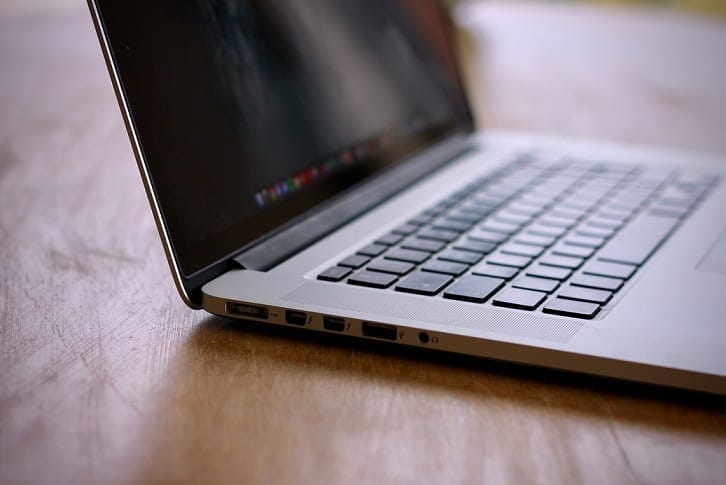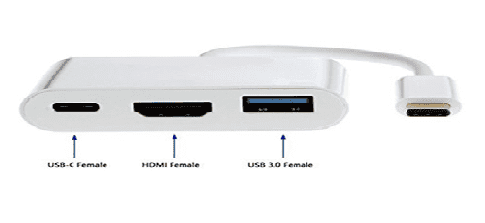The world is quickly changing with technology making debut in every corner of the globe. New ideas are being realized while others that long bothered industry being solved. The new world as it is now is a problem solver.
We have learnt how to solve some of the most problematic scientific challenges of modern history and surpassed what science could not fathom a century ago. Technologies like computers, laptops, computer monitors, tablets have flooded the 21st Century and other smart home devices have continued to feature now more than ever before.
Some of these technologies were created at a different times and some with different manufacturers. At the start of the tech age, manufacturers rushed to make new unseen pieces of tech and gizmos. Laptops and desktops featuring new specifications rocked the industry. But along the way users developed the need to merge some of this tech together (like Smartphone to a laptop or camera to a PC).
Suddenly, there was the need to connect to other devices and the port system came alive. It is at this point that we saw the USB ports, HDMI, VGA and DisplayPort and for the past few years they have ruled the industry.
However, if you didn’t know, all that is coming to an end. Now we have the new kid on the block USB Type-C, and it aims to push the boundaries of inter-connectivity further than its predecessors. That means replacing what you used on your camera, laptop, controllers and other gizmos with just s few other alternatives.
Since its inception in 2014, most of us have heard about USB Type-C and its benefits. Even so, here are three things that you might not know about this advanced port system.
Small and Reversible
First of all, the USB-C came in to solve some of the most common problem traditional ports had for instance, symmetry. Traditional ports only plugged in one way which for most was never the way you tried (not until you tried one or two times).
To make it a little bit more user friendly the USB Type-C offered a standard connector that is small and reversible. This means it can both fit whichever orientation you choose to use it and is usable by all other devices (no flipping around trying to figure which position is top or bottom).
So, whether you want to connect to an external hard drive to your PC or charge your Android phone, the connectors should fit easily. Simply put, to make this port usable by all other devices, it had to connect everything to everything else.
As a matter of fact, there is still some testing underway with other features. Case in point, the new USB audio standard which is working to replace the 3.5mm audio jack with the advanced USB Type-C.
You may also be interested in the Best iPhone Smartphones.
Alternate Modes
For the second point, the USB-C can support a myriad of protocols using “alternate modes”. In simple terms, it means the ports allows you to have an adapter that can output HDMI, VGA and DisplayPort from a single USB port.
The best illustration of this in motion is the Apple’s USB-C Digital Multiport. It enables devices to connect to other external devices without necessarily needing extra cables. A single USB-C handles all other cables coming from the external monitors, and other connected devices.
What about transfer speeds? As if not enough, the USB-C is slowly emerging as the new standard not only for charging but also for data transfer.
It offers double transfer speeds to USB 3.0 at 10Gbps. Also, the data can be transferred at the same time the power is being transferred. One can have their phone charging while also transferring important documents to the laptop.
Bi-directional Charging
Finally, the USB-C can send or receive power (bi-directional) delivering up to 100 watts compared to the 2.5 watts power USB 2.0 ports currently offer.
Usually, the USB 2.0’s power is what is used to charge your phone and tablet meaning USB-C more than doubles it. The power has been upped thus far thanks to the USB-C PD (power delivery) specifications that USB-C supports.
As a result, you can charge your phone, tablet or even laptop using this one port (laptops usually require up to 60 watts).
In essence, this is great news especially if you own a portable battery pack because you can charge both your tablet, Smartphone and laptop using it. The only caveat is not all USB-C support USB-C PD. You have to confirm your device supports it for it to have this charging advantage.
Conclusion
The aspects of the USB-C are impressive making it a worthy upgrade and replacement for Thunderbolt and DisplayPort. Moving forward, we hope it keeps on improving to newer heights, even as far as replacing Apple’s Lightning port system.








